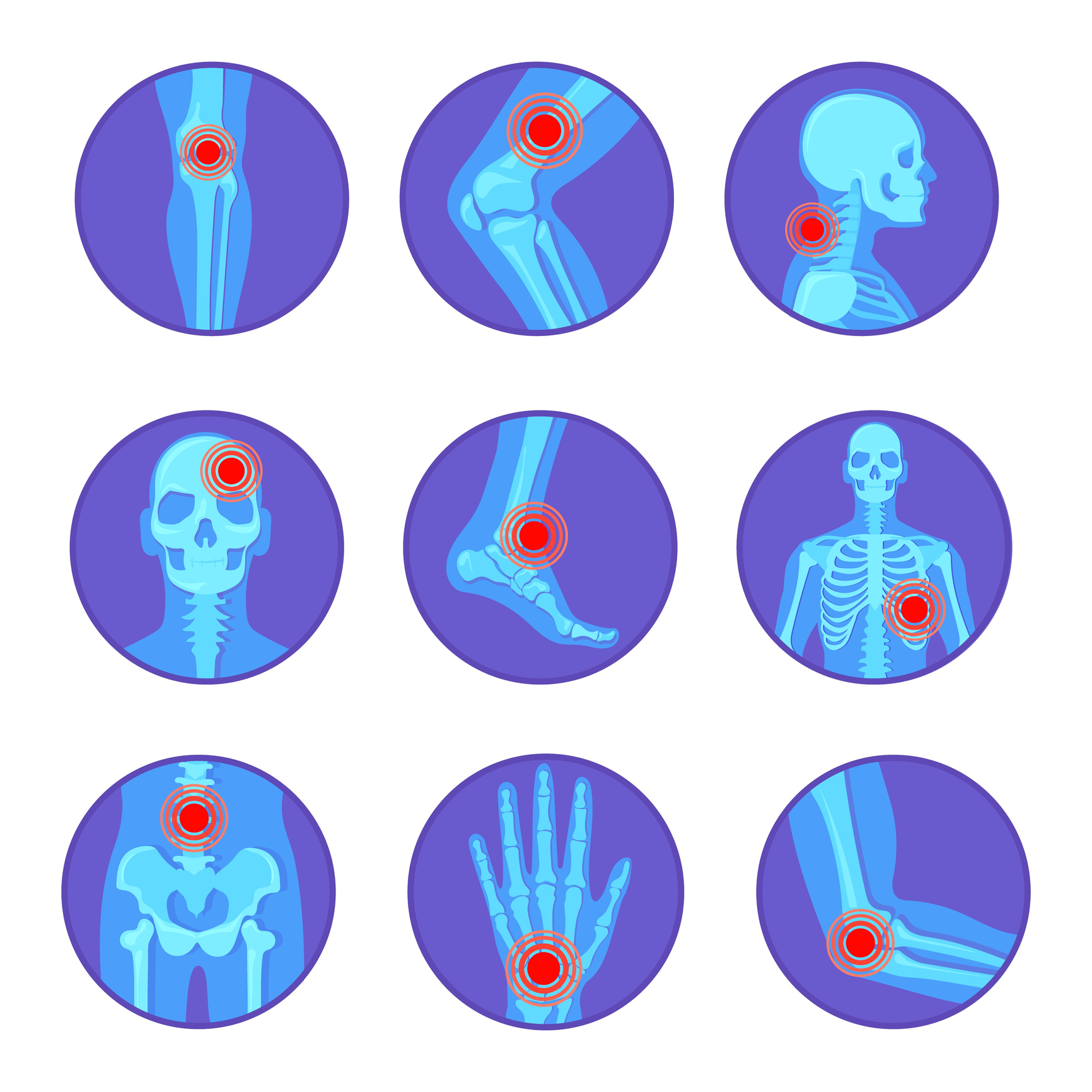Patients with lupus nephritis (LN) have a 26-fold higher mortality rate compared with their peers. Kidney biopsy, the gold standard diagnostic method for LN, may have an average wait time of more than 50 days. Other gaps in quality process measures during LN visits have also been reported. A subspecialty multidisciplinary clinic (MDC) can provide better care and quality in LN; therefore, we aimed to examine how an LN MDC impacted time to biopsy, time to treatment, and other quality measures.
We included all validated patients with LN who underwent diagnostic kidney biopsies between the 2011 to 2017 pre-MDC period and the 2018 to 2020 post-MDC period. We compared time to biopsy and treatment and quality measures between the two periods and examined factors associated with timely LN diagnosis, defined as a biopsy within 21 days.
During the pre- and post-MDC periods, 53 and 21 patients with LN underwent a diagnostic biopsy, respectively. We found a decrease in the median time to biopsy from 26 days to 16 days after starting the LN clinic (P = 0.014). Beyond clinical factors, the presence of social factors, such as being of a non-White race and having food insecurity, were associated with 54% lower odds of timely diagnosis (adjusted Hazards Ratio [aHR] = 0.46; 95% confidence interval: 0.22-0.93; P = 0.031). We found higher odds of quality measure performance during the post- versus pre-MDC period.
Wait times to diagnose LN decreased by 40% and higher quality measure performance was noted after establishing an LN MDC. Systemic and social barriers predicted delays in diagnosis that may be addressed by MDCs.
© 2022 The Authors. ACR Open Rheumatology published by Wiley Periodicals LLC on behalf of American College of Rheumatology.
Multidisciplinary Lupus Nephritis Clinic Reduces Time to Renal Biopsy and Improves Care Quality.


